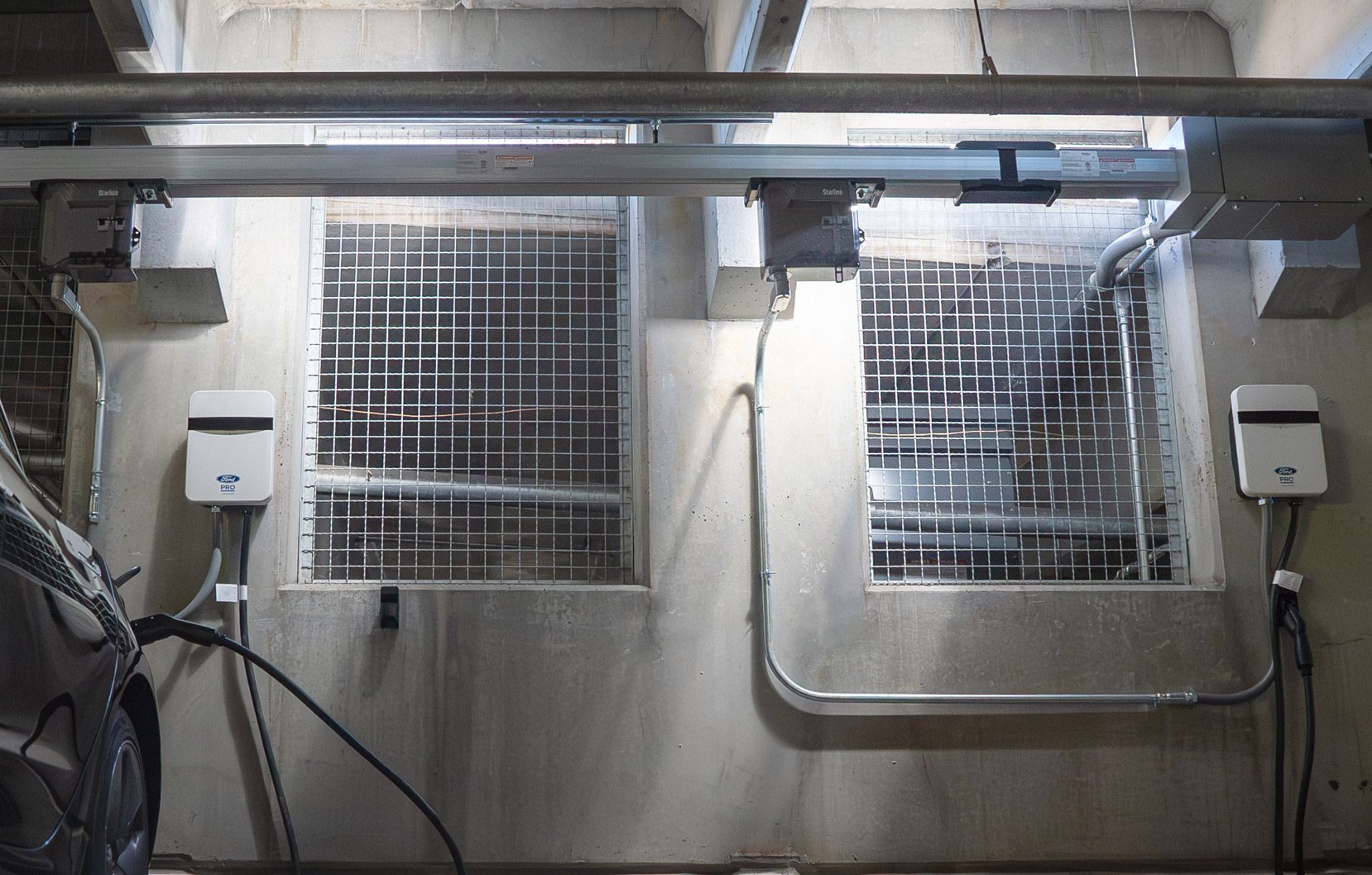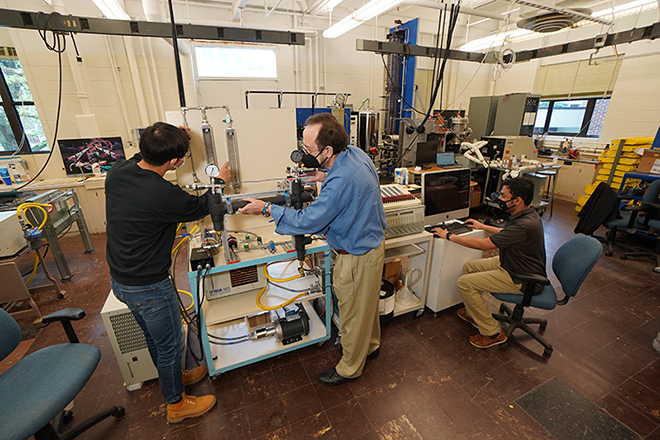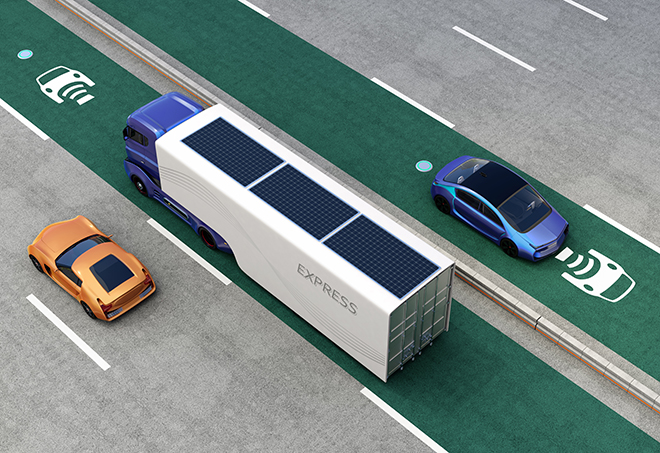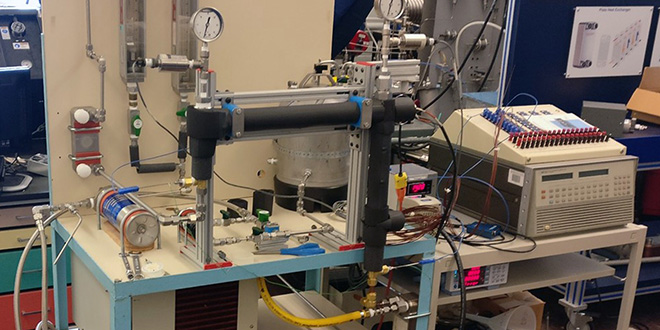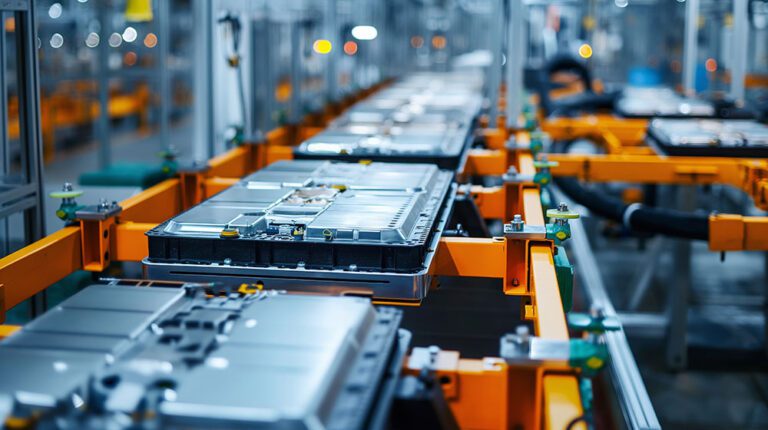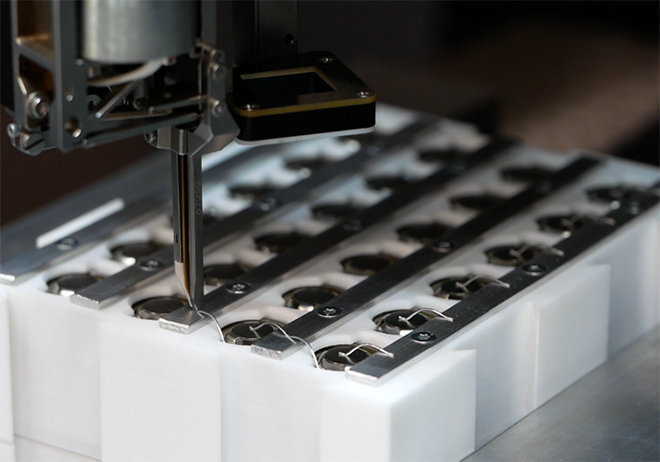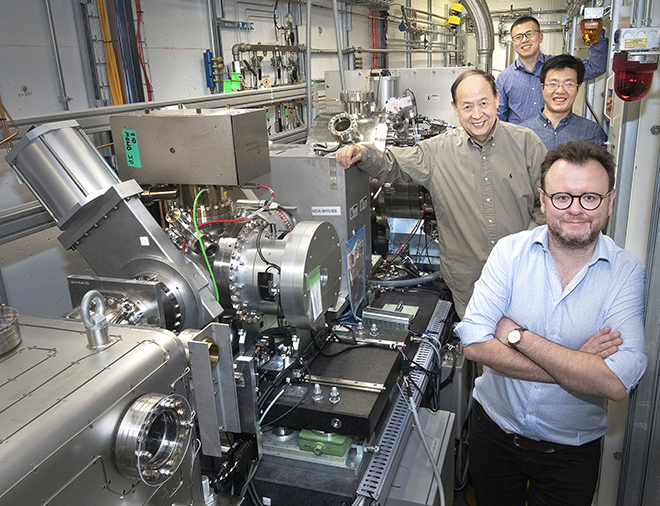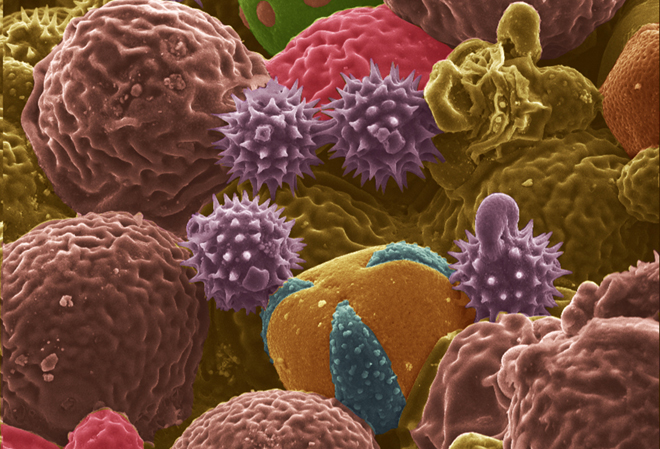The road to faster charging runs through greater cooling capacity (so to speak). Higher charging power levels mean higher current, which means that greater amounts of heat must be removed from charging cables. Purdue University engineers have invented a new, patent-pending charging cable that uses a novel cooling method. The researchers say their wonder cable… Read more »
Search Results Found For: "purdue"
Indiana DOT, Purdue to develop dynamic wireless highway charging
The Indiana Department of Transportation (INDOT) and Purdue University have partnered to develop a dynamic wireless charging highway segment. The project will use a type of magnetizable concrete developed by German startup Magment to enable the wireless charging of EVs as they drive. The project will consist of three phases, and is expected to begin… Read more »
Purdue researchers demonstrate liquid-to-vapor phase change cooling for EV charging cables
Faster EV charging will necessitate a significant increase in the current passing through the charging cable, which causes an increase in heat. Researchers at Purdue University may have developed a way to dissipate that heat. Their solution employs a liquid-to-vapor phase change. With traditional liquid cooling, the cooling fluid captures the heat and is routed… Read more »
DOE allocates $50 million to help automotive suppliers adapt factories for the EV supply chain
The DOE’s Office of Manufacturing and Energy Supply Chains (MESC) has announced $50 million in grants for six states with significant automotive workforces to help small- and medium-sized suppliers adapt their manufacturing facilities to serve the EV supply chain. The announcement on state allocations follows an April 2024 Request for Information, seeking input on state/federal… Read more »
New cooling technique developed by NASA could enable EV charging at 2,400 amps
An advanced temperature-control technique developed for future NASA missions could also find applications in the EV industry, enabling greater heat transfer capabilities, and thus higher charging power levels. Numerous future NASA space missions will involve complex systems that must maintain specific temperatures to operate. Nuclear fission power systems and vapor compression heat pumps that are… Read more »
Engineering GM’s Ultium Platform: Battery Pack Flexibility To Power EVs Across Wide-Ranging Segments
General Motors believes in an all-electric future with zero crashes, zero emissions, and zero congestion. GM plans to launch 30 new all-electric vehicles by 2025 leveraging the innovative Ultium Platform, GM’s next-generation BEV architecture. In this Keynote presentation, Andy Oury, the Engineering Technical Leader for High Voltage Battery Packs at General Motors, will discuss the… Read more »
Design guidelines for wire or ribbon bonding of cylindrical cells in battery packs
Sponsored by Hesse Mechatronics By Mike McKeown and Dr. Dirk Siepe, Hesse Mechatronics Wire bonding cylindrical battery packs is becoming more mainstream in the alternative energy market these days. This article will review the design guidelines for how to successfully implement a wire or ribbon bonding process for battery packs using cylindrical lithium-ion cells. It… Read more »
DOE researchers identify cause of cathode degradation in nickel-rich materials
A team of scientists that includes researchers at the DOE’s Brookhaven National Lab and SLAC National Accelerator Lab has identified the causes of degradation in nickel-rich materials for lithium-ion battery cathodes, as well as possible remedies. Researchers at Brookhaven are part of a DOE-sponsored consortium called Battery500, a group that is working to triple the… Read more »
Zunum’s plug-in hybrid plane will use a turbine from Safran Helicopter Engines
Washington-based Zunum Aero is developing a plug-in hybrid aircraft, which it believes will revolutionize the regional short-haul air travel market. Now Zunum (profiled in the July/August 2017 issue of Charged) has announced that its ZA10 aircraft, which it plans to launch in the early 2020s, will use a turboshaft from Safran Helicopter Engines. Safran’s new… Read more »
Bee pollen forms carbon microstructures for Li-ion anodes
Much research in the battery world focuses on finding a replacement for graphite as an anode material. One candidate is hard carbon, which can be formed in various morphologies to deliver the desired properties. But in fact, there are already millions of tiny factories around the world, cranking out as many carbon particles as could… Read more »

